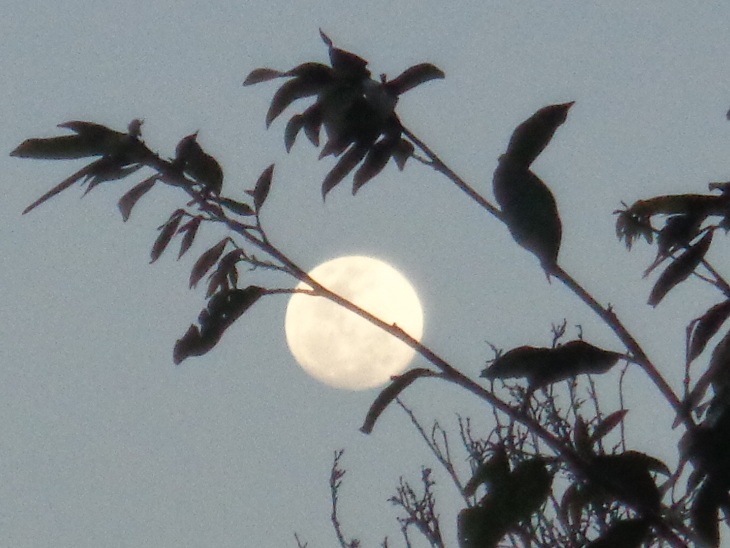With clear skies and broad horizons the stars in the Paraguayan night are a sight to be seen.
Most nights are cloud free. This means that almost always there are stars to be seen.
Added to that the lack of light pollution and the sights are spectacular.
The nights are starry in Asuncion but that is nothing compared with the display the country skies put on. Night after night the sky glistens with starlight.
In front of my house there is a small amount of light generated by nearby dwellings and the distant lights of Piribebuy glow along the ridge line of the hills. Not enough light though to do any more than dim slightly the stars and obscure the very lowest.
However behind my house the sky is as black as it was long before people set up home in these parts. On a moonless night it is so black that even a hand in front of the face cannot be seen just a few metres behind the house.
No a single artificial light is to be seen. Just the black sky and thousands of stars.
With such clear air the constellations are filled with far more points of light than books on star gazing mention. Many many more than are visible in more populated areas.
Added to that the designs seen up in the Southern sky are very different to those in the Northern one.
A few of the constellations that are seen to the south from northern lands are visible. One of those is Orion which is fortunatly so distinctive that even with a few extra stars it is clear and easily spotted.
Another feature visible from elsewhere is the Pleiades Cluster. Here even with the naked eye it is easy to make out that it is made up of several stars close together in the sky.
Much beyond that and northern constellations are either below the horizon or hidden amongst the additional points of light. A trained star gazer would still be able to pick them out. But unfortunately I can’t.
As for the stars and constellations that fill the southern skies few are familiar names elsewhere.
A few such as the Southern Cross are so well known as to be recognizable even to those who have never seen them.
Others with names such as Tucana, Phoenix and Centaurus are know to few who have not studied the southern skies.
Probably though the most distinctive feature which fills the skies night after night is not the vast numbers of stars. Instead it is the Milky Way.
The Milky Way winds its way across the center of the heavens. From one horizon to the other. The multitude of stars from which it is formed form a thick light band across the sky.
Against the jet black backdrop it is easy to see how it came to be described as being as white as milk.
Ever night I can sit out on the terrace, look up and see this all in the heavens above me. The raised ground on which the house is placed is as good for taking in the view at night as it is during the day.
Clear unpolluted air. Free from man made lights, industrial and traffic fumes and on high ground. A delight to be seen. And it is not only the stars that make an appearance night after night. The planets to are on display.
Everyday both Mars and Venus are easy to spot. Shining points of light rather than the flickering ones that are the stars.
Beyond this if I look at the right time in the right direction I may well see more planets. Saturn, Jupiter and Mercury are all visible without a telescope.
These things have all been up in the sky for millions of years, but there are other object up there which have been there for a much much shorter time.
Man made satellites are there to be spotted in the clear Paraguayan skies.
The largest and most obvious is the International Space Station. A bright light in the sky that displays how unnatural it is by flickering different colours. Most nights I can find it somewhere in the sky.
Then smaller than this are the many other satellites that orbit the Earth. Usually during a night one or two at least can be spotted crossing the sky.
Satellites have a number of distinguishing features to identify them by. Firstly like stars they flicker, but unlike them in different colours. Secondly as the visible ones are those in low Earth orbits they are always low to the horizon.
Then finally their relative motion is far greater than any star. They pass them by travelling from one constellation to the next and crossing the whole sky during the course of a night.
Then if that was not enough to keep me out in the fresh air there is one final thing that occasionally appears and which I never saw in a cloudy European sky. Shooting stars.
Points of light that flash across the sky. They are gone almost as soon as they appear so watching and waiting is almost the only way to see one fly across the night sky.
This is the pleasure every night can be. No sound other than the insects and no lights other than the stars above.


Recent Comments